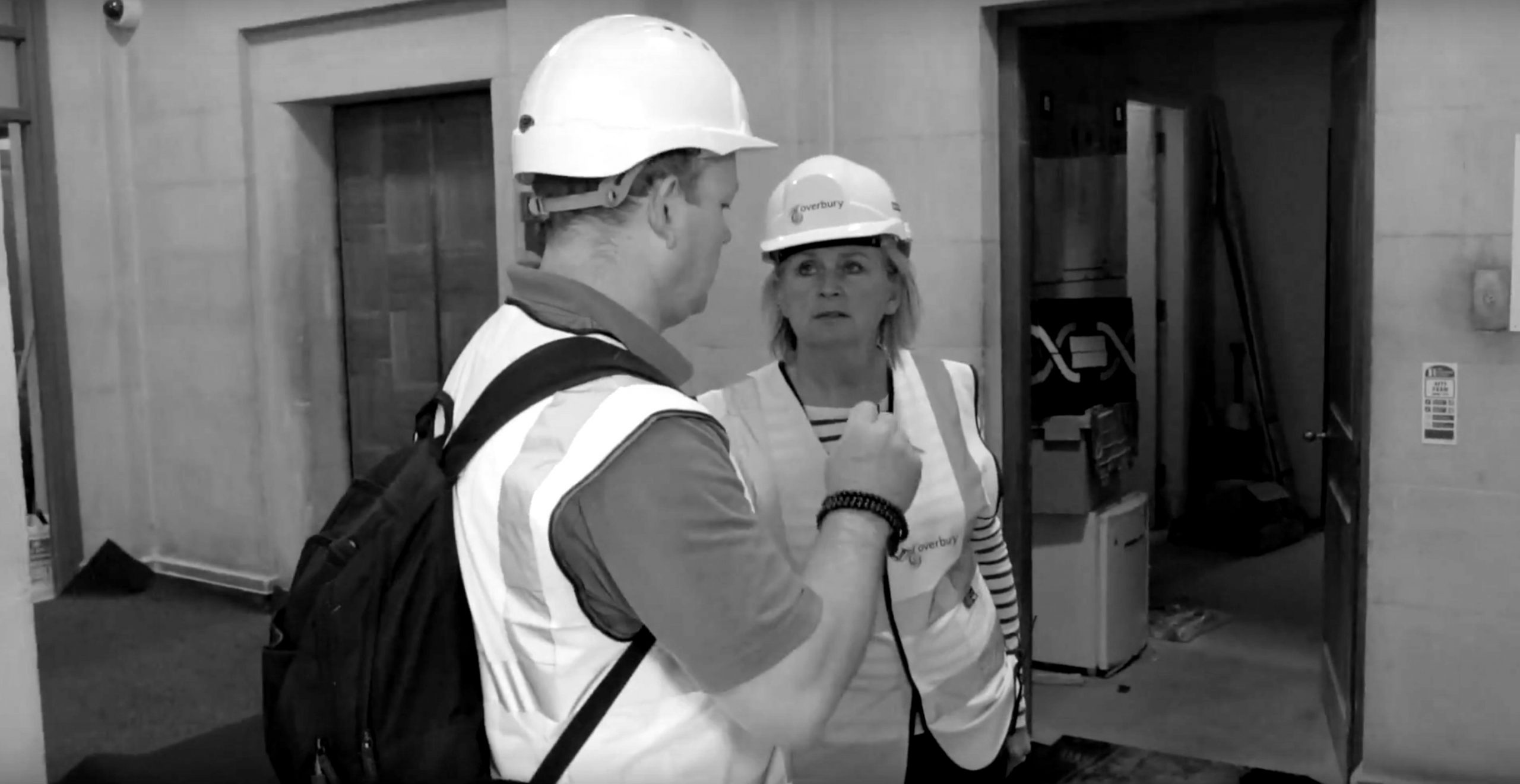— The PLACEmaking blog
The 5 ages of the workplace
Author
Alison White and Fintan BurkeDate
September 1, 2022How the workplace has evolved, in five steps.
01
Pen, ink, and timecards
Unlike the more open plan spaces that would follow, the earliest offices prioritised privacy and individual space. Individual offices were designed to be quiet, well-appointed spaces where senior figures could work ‘without interruption’. The transcribing of information, completing correspondence, and filing would often be performed by office clerks in adjoining, but notably separate rooms, with office hierarchy meaning that there was little in the way of collaboration between the two.
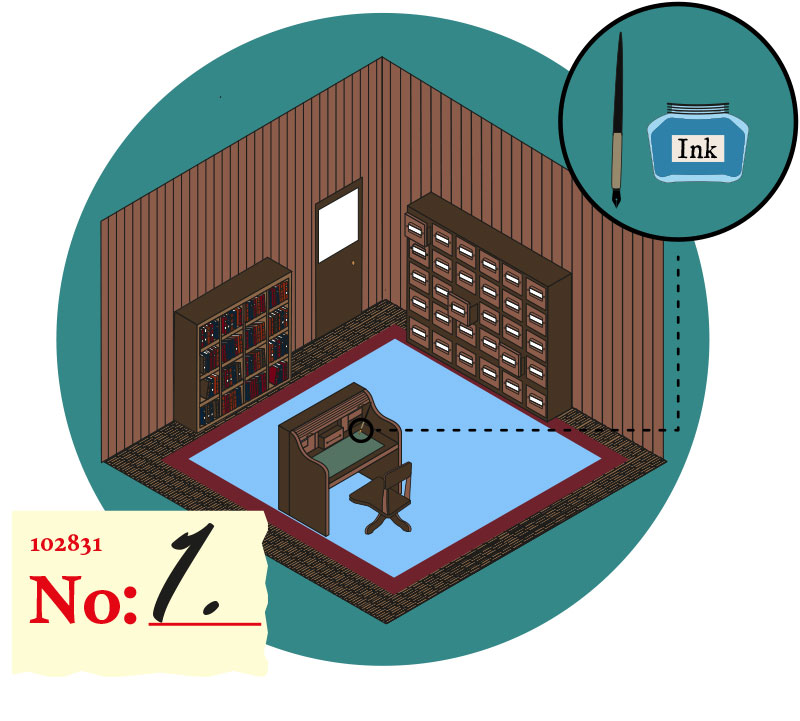
02
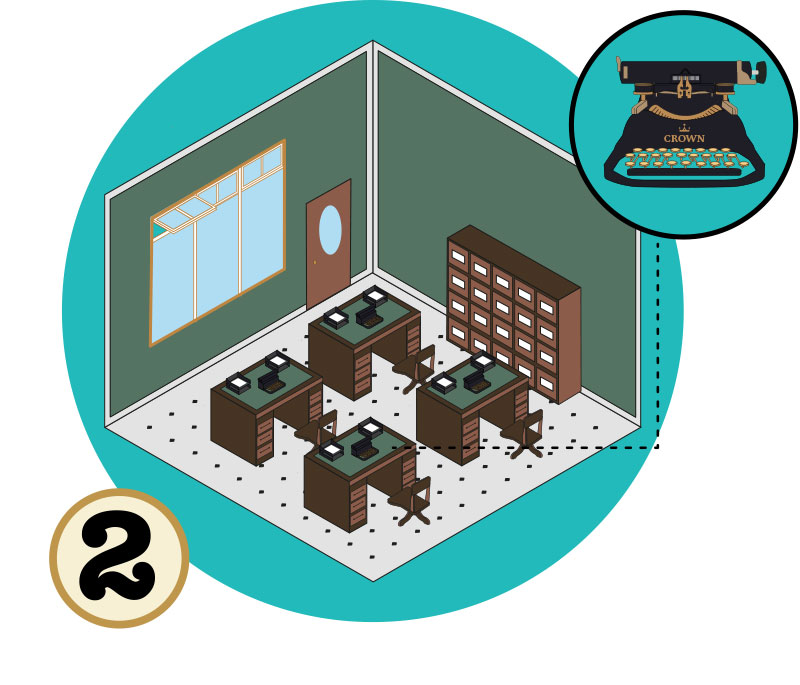
The typewriter
Clack clack clack. The advent and adoption of the typewriter meant that communication, data sharing, and administration became a much faster and more streamlined process. Being able to type quickly and legibly became a skillset, and office design and layout became more about providing as much space for multiple ‘typists’ as possible. This would also be the era in which the easiest form of ‘open plan’ office design would start to become used, with typist ‘pools’ filled with mechanical typewriters resembling factory floors.
03
The computer
The development of desktop computers coincided with the expansion of middle management and office administration roles. Developing technology meant that each individual employee was now able to perform a wider range of functions within the company, placing further emphasis on the importance of effective team management. Offices became partitioned off into individual cubicles with the intention of providing individual team members with a degree of privacy. This had the unintended side effect of making in-person collaboration difficult. Plus, despite the best efforts of those who worked in these ‘cubicle farms’ to personalise their own individual workspaces, this one size fits all approach meant that offices became anonymous, uninspiring places to work.
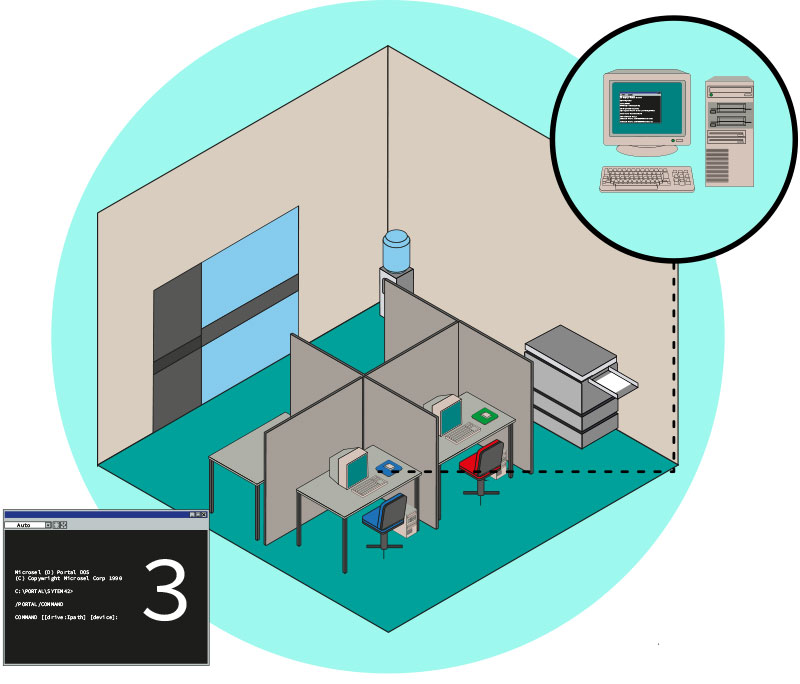
04
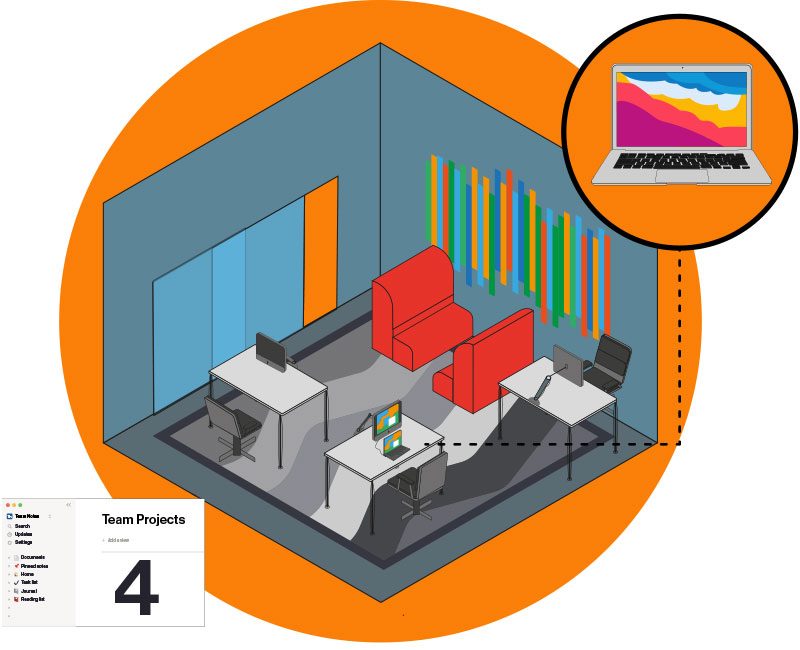
The 'modern' office
As workplace technology became smaller and more portable the office became less about warehousing staff and technology and more about facilitating in-person collaboration. Cubicle walls were taken down, desks stopped being allocated, and breakout spaces started to appear. Laptops and mobile technology meant that teams could have a greater degree of choice in where they choose to work, and the process of ‘work’ became less formalised and more improvised depending on the requirements of each project or goal. Greater care and attention was also placed on providing a nicer, more enjoyable working environment with decoration and facilities being more of a priority than they had been previously.
05
The office of the future
With the further development of mobile technology, video meeting software, and the lessons learned from the COVID-19 pandemic, the future of the office may not be in a physical workplace at all. Just as the typing pool and the cubicle card have been consigned to history, so too could be the office as we have known it. Whether an entirely WFH, or hybrid working model, organisations in many industries are now faced with a choice about how they will shape how we work in the future. One thing is for certain – the office of the future will be very different than what we’ve seen in the past.
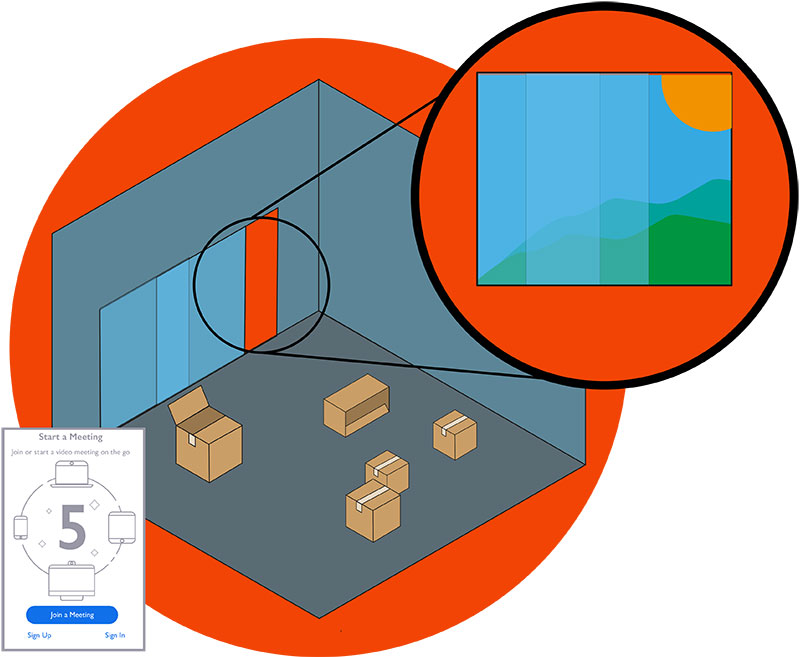
Subscribe to our mailing list
Let's Work Together
Office
Box 18, Boxworks
Clock Tower Yard,
Bristol BS1 6QH

